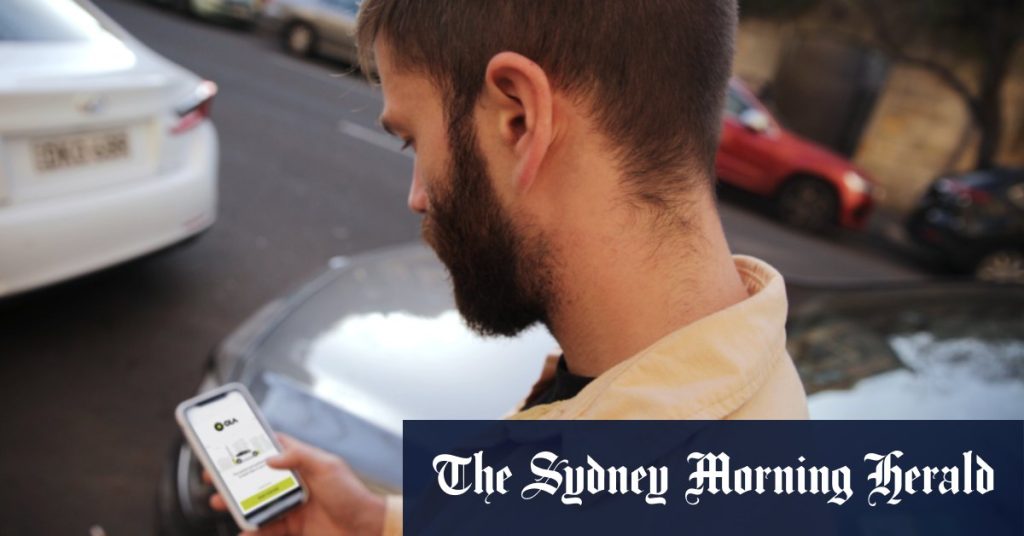Chris, a taxi driver, revealed that Ola, a ridesharing company, had allowed him to work as a rideshare driver in addition to his role as a cab driver. However, he expressed frustration with the company’s app, stating that it was unreliable and often failed to notify drivers of potential customers. Ola has not confirmed its closure in Western Australia, where it operates alongside other major cities in Australia, New Zealand, the United Kingdom, and India.
Ola, which is one of the world’s largest ridesharing companies, first launched in Perth in 2018. The company’s International Vice President, Chandra Nath, had previously expressed satisfaction with the response from customers, drivers, and the community. Despite its presence in several major cities, Ola’s future in Western Australia remains uncertain, as reports of its closure have surfaced. The company’s potential exit from the market could have implications for both drivers and riders in the region.
Chris’s experience with Ola highlights the challenges faced by drivers who rely on ridesharing platforms for work. The inconsistency and unreliability of the company’s app can impact drivers’ ability to secure customers and earn a living. While Ola has not confirmed its closure in Western Australia, questions remain about the company’s future in the region and the impact on those who depend on its services for transportation.
As a key player in the ridesharing industry, Ola’s potential exit from Western Australia could have broader implications for the market. The company’s closure may create opportunities for competitors to expand their operations or for new players to enter the market. Additionally, drivers who previously worked for Ola may need to seek alternative sources of income, further highlighting the precarious nature of the gig economy and the challenges faced by those who rely on these platforms for work.
The news of Ola’s potential closure in Western Australia also raises questions about the overall sustainability of ridesharing platforms in the region. The challenges faced by Ola, including technical issues with its app and competition from other providers, highlight the competitive nature of the industry and the need for companies to continually innovate and adapt to changing market conditions. The outcome of Ola’s situation in Western Australia may serve as a barometer for the future of ridesharing in the region and beyond.
In conclusion, Chris’s experience with Ola sheds light on the struggles faced by rideshare drivers who rely on these platforms for work. The potential closure of Ola in Western Australia could have significant consequences for drivers, riders, and the ridesharing industry as a whole. As the company’s future remains uncertain, the broader implications of its potential exit from the market are yet to be seen. The situation with Ola serves as a reminder of the challenges and uncertainties faced by those who participate in the gig economy and the need for companies to address issues of reliability, competition, and sustainability in order to thrive in a rapidly evolving industry.


